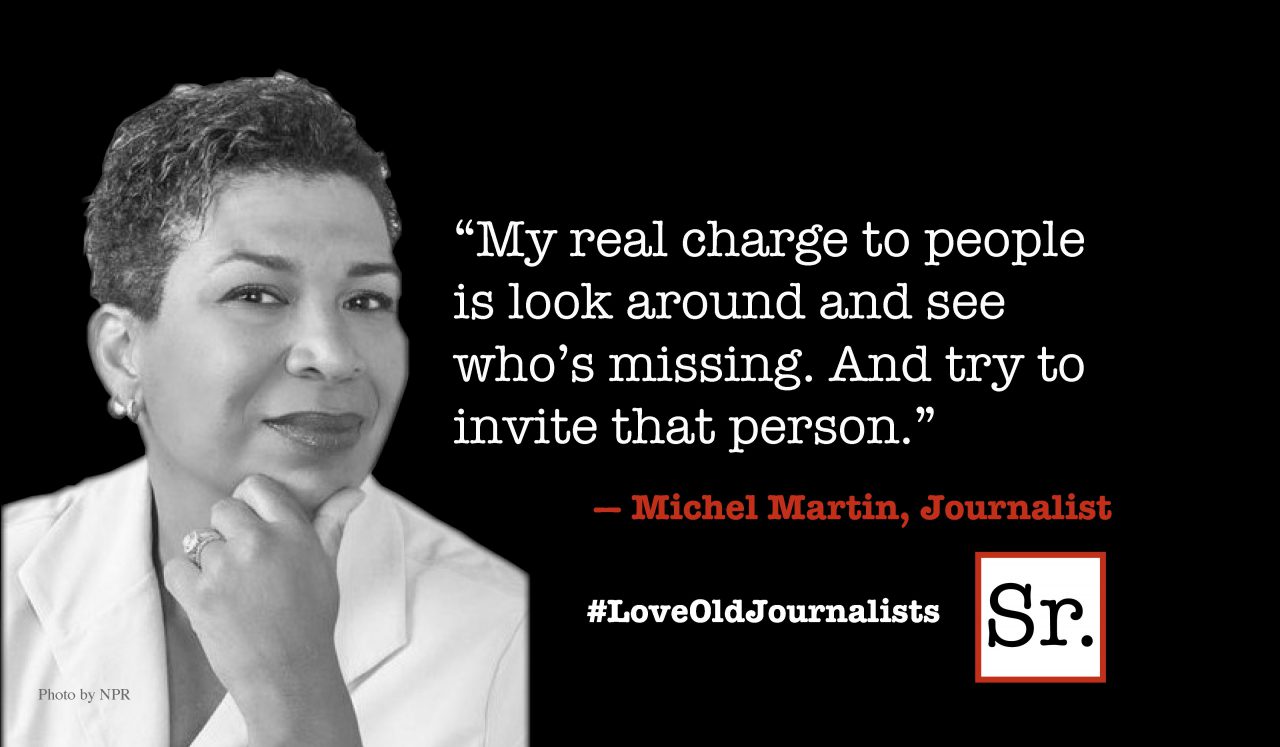This month, thousands of people will gather in Raleigh, N.C., to play, hear, see, be seen and do business, all focused on what they call bluegrass music.
However, even at the International Bluegrass Music Association convention (www.ibma.org), it's likely that each of the music-loving attendees might offer up a different definition of bluegrass music. The reason: bluegrass is a relatively recent music, created by a small group of identifiable people, that has spread in a thousand directions since it got started back in about 1945.
"It's happy music, with a banjo," someone might say.
Or, "It's American, acoustic music that I can dance to."
Or even, "It's like what the old folks used to play on the front porch long years ago."
If there were a court of bluegrass opinion, these folks would all be somewhat in order in their testimony, but incomplete at best.
People unfamiliar with bluegrass may recognize its sound from its frequent use in mainstream media, as in the driving musical motif of the classic movie "Bonnie and Clyde," the banjo throwdown in "Deliverance" or the easy-going theme to "The Beverly Hillbillies."
From those who think about such things, who may attempt an almost legalistic precision, you'd likely get a definition along these lines:
Bluegrass is an American-based, acoustic style built on traditional fiddle and banjo music, blues, Southern gospel and hymns, commercial country music of the 1920s and 1930s, as well as touches of Celtic and African styles. It features instrumental virtuosity, sometimes at very fast tempos, on fiddle, five-string banjo, mandolin, guitar and bass, emphasizing improvised solos.
Singers generally employ high vocal ranges and a lonesome or wailing sound, along with duet or group harmonies. Song topics often dwell on down-home places or ways, as well as disappointed love. Some pieces are entirely instrumental, generally led by one of the group's soloists.
However, within that mostly safe territory, fierce discussions have long broken out over certain key points, as well as some minor ones. A basic disagreement concerns whether Bill Monroe (www.billmonroe.com), the brilliant Kentucky singer and mandolinist generally credited as getting bluegrass up and running with his 1945-1948 Blue Grass Boys band, should receive sole honors for founding the style. There's a strong argument to be made that bluegrass never really took on its characteristic sound until Earl Scruggs (www.earlscruggs.com), a young North Carolinian, added his rapid, inventive banjo shredding to the Monroe mix of fast tempos, strong backbeats and high, lonesome singing.
In any case, it was that "classic" Monroe band that set bluegrass music apart from the slower, lower-pitched country recordings that proceeded it. Within a year or two, other young groups followed in the Blue Grass Boys' footsteps, gradually building up a constellation of stars, up to the present day's Allison Krauss, Ricky Skaggs, Ralph Stanley, Del McCoury and Rhonda Vincent.
In our hypothetical court of opinion, advocates often arise to state which additions or variations exclude certain performances from being bluegrass. Elements likely to bring the statement, "That ain't bluegrass," include:
— Any performance that uses electric instruments.
— Any band that features percussion. The downbeat of the bass and rhythm guitar, the answering backbeat "chop" of the mandolin, and the long stream of banjo rolls is plenty rhythmic enough, goes this line of thinking.
— Any material that strays too far from the basic canon of bluegrass songs and musical feels. Founders like Monroe, the Stanley Brothers and Lester Flatt & Earl Scruggs left hundreds of great tunes, and people continue to write new songs that don't stray too far from the farm and the fields. So why, someone from this mindset might ask, would a band go and record a bunch of songs by the Moody Blues, or any of them rock 'n' rollers?
— Instrumental solos that venture too far from a song's melody or from traditional country and/or blues tonalities. This is sometimes called "wild" fiddling, or whatever. A player who takes a "wild" solo on a gospel tune is particularly likely to get the disapproving "death stare" from another musician or audience member.
— Any performance without a five-string banjo played Scruggs-style. This gets back to the question of Monroe's primacy, versus the distinctive Scruggs banjo sound, in defining bluegrass.
This month's convention in Raleigh will draw bands and performers who violate each of these supposed guidelines, and make rousing music while doing so.
Rising stars the Steep Canyon Rangers (www.steepcanyon.com) use percussion on nearly every track of their adventurous new album, "Tell the Ones I Love," which contains hints of performers from the Eagles to Cab Calloway. It's music like this, with its youthful drive and freewheeling improvisation, that keeps new fans thronging to bluegrass who previously grooved to jam-band music, reggae or other styles.
However, the Rangers, who got started in nearby Chapel Hill, N.C., have achieved their greatest profile in performances with Steve Martin, the world-famous actor and comedian who is a bluegrass banjo player and major Scruggs acolyte.
I'm a musical omnivore who enjoys styles from all over the spectrum. And I like many of the offshoots that bluegrass has produced. But as far as "real" bluegrass goes, my strong preference goes to the original sounds: the Stanley Brothers musically describing "How Mountain Gals Can Love," Lester and Earl recalling the "Little Cabin Home on the Hill" or Monroe himself revealing his lonesome soul in "Memories of Mother and Dad."
So it is, that in the case before this court, the verdict is clear: "The Monroe-Flatt-Scruggs-Stanleys style rules and, if there's no banjo, it ain't bluegrass."
The jurors are excused. The bailiff will clear the courtroom.
And may God bless bluegrass music.
Thomas Goldsmith is the author of "The Bluegrass Reader," University of Illinois Press, 2004, and a winner that year of the International Bluegrass Music Association's Print Personality of the Year award.








